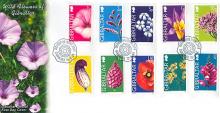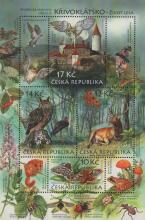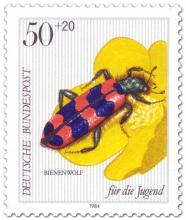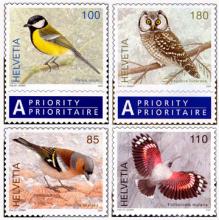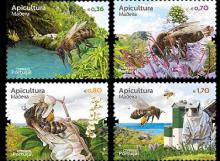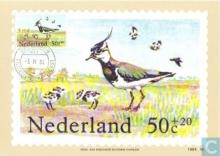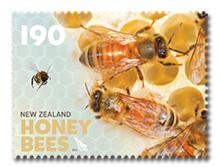Two Rare Southwest Snakes Proposed for Endangered Species Act Protection
As part of a landmark agreement with the Center for Biological Diversity, the U.S. Fish and Wildlife Service today proposed Endangered Species Act protections for the Southwest’s narrow-headed garter snake (Thamnophis rufipunctatus) and northern Mexican garter snake (Thamnophis eques). In New Mexico and Arizona, the agency also proposed to protect more than 420,000 acres of critical habitat for the Mexican garter snake and more than 210,000 acres for the narrow-headed garter snake. Threatened by nonnative species and the loss and degradation of riparian habitats, these non-venomous, aquatic snakes have undergone massive declines in recent decades. “These two southwestern snakes have been in trouble for years, so I’m glad they’re finally getting the protection they desperately need to survive,” said Collette Adkins Giese, an attorney at the Center who focuses on the protection of imperiled amphibians and reptiles. “Protecting these snakes and their beleaguered habitat in the Southwest will benefit every other animal that depends on these river systems.”


